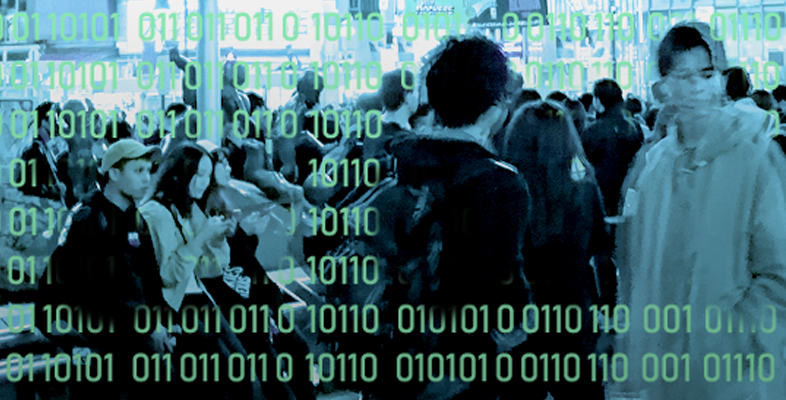3.3 Copyright
One of the reasons the web has grown so quickly, and one of its most fascinating aspects, is that almost anyone can publish almost anything on it. It is very easy to find information, images, audio and video files on the web, which you can then save and incorporate into your own material.
Copying is so easy that people often make the mistake of assuming that everything on the web is freely available. This is not the case: most information you will come across is likely to be covered by copyright law. This applies not only to online TV programmes, music, photographs, books, and so on, but also to information – for example, in the form of online academic papers or simply in someone’s blog.
Material that is not subject to copyright is said to belong in the public domain and can be used by anyone. Older works of art, music and literature, such as the works of Shakespeare and Beethoven, are in the public domain. However, individual printings, adaptations or recordings of those works are copyrighted to the publisher or performer. The situation can become very complicated because the duration and extent of copyright differs between countries. For example, material may be in the public domain in the USA but still under copyright in the UK. As a result, it is always wise to assume that any third-party material (that is, material originating from someone else) is still protected by copyright unless you’re sure it’s in the public domain.
Copyright holders can prosecute individuals and organisations for infringing their rights. In recent years, music and film companies have sued individuals for very large sums of money. Below are some general points you should bear in mind.
- You should seek the author’s permission if you want to use any copyrighted material. Just because something is on the web does not mean that it is freely available for you to use.
- Many websites have usage policies explaining how their material can be used. Some are more restrictive than others, so make sure you find and follow the relevant policies.
- Information published online may have been put there by someone who is not the copyright holder.
- You can use copyrighted print material for your own study purposes: the generally accepted guideline from copyright legislation is that you can download and print or photocopy limited extracts of any one book without seeking permission, but you must give a full reference to show where it has come from.
This may all seem rather intimidating, but it’s not quite as bad as you might fear – fortunately, copyright law makes some concessions to students and learners. As a result, students don’t have to ask permission to use copyrighted material in answering an assignment or exam question, although they must still include references. However, if they want to reuse the same material for any other purpose at a later date, normal copyright law applies and they must seek permission.
